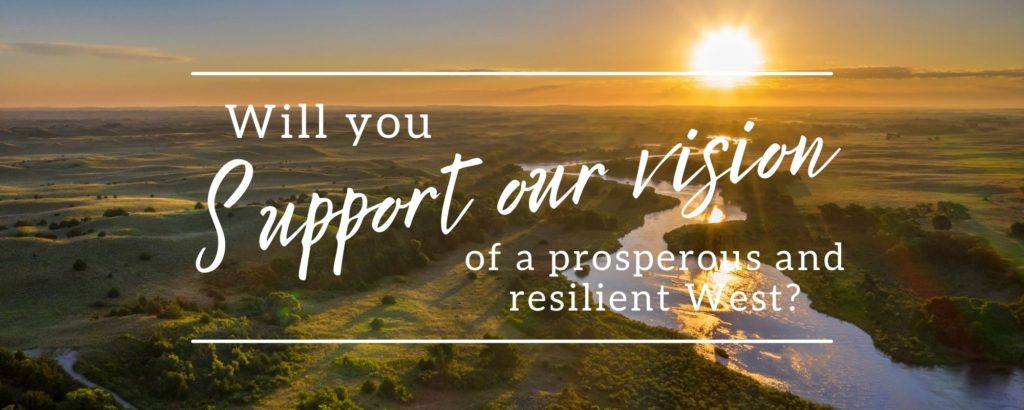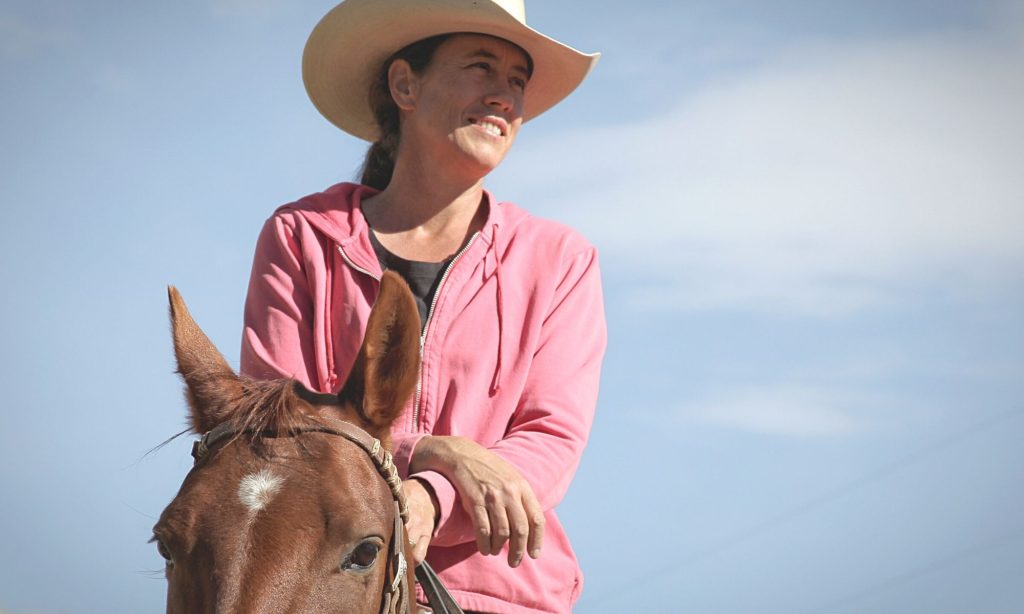This article first appeared in WORC’s newsletter, the Western Organizing Review.
Montana rancher describes how the current federal coal leasing program threatens western ranchers’ livelihoods and hurts other split-estate landowners.
Last October, the U.S. House Natural Resources Committee invited 4th generation Montana rancher and Northern Plains board chair Jeanie Alderson to give testimony on how the national coal program affects western ranchers. The hearing was titled “The Federal Coal Program: A Bad Deal for Taxpayers and a Threat to the Climate.”
As a rancher in the Powder River Basin, Jeanie described a threat unique to ranching in coal country, coal seam fires. 77% of the coal resources in the Powder River Basin are owned by the United States government, and 83% of the surface above those coal deposits is owned by private landowners. “By burning pastures, fences, livestock, buildings, and water pipelines, coal seam fires can damage a ranch so that it becomes unusable, threatening our livelihood,” she said. “Time and time again, it feels like private landowners are paying for damage to our property from minerals that belong to the federal government.”
“Time and time again, it feels like private landowners are paying for damage to our property from minerals that belong to the federal government.”
Like much of the West, summers are getting hotter and drier in southeastern Montana. From 2000 to 2010, the Montana Department of Natural Resources and Conservation recorded 14 coal seam fires in seven counties in southeastern Montana. In the 11 years between 2011 and 2021, coal-seam wildfires jumped 1400% to 200. “In southeastern Montana, ranching requires hard work, skill, and patience as we deal with market forces, drought, storms, fires, and increasingly erratic weather,” she said. “All of this is made more difficult by the impacts of the federal coal program—from coal seam fires to the changing global climate brought on by greenhouse gases from coal development.”
Never miss an opportunity to make the west even better: receive our action alerts.
The Bureau of Land Management (BLM), the agency that oversees federal coal leasing, is authorized to lease coal on federal lands only as the agency “finds appropriate and in the public interest.” Thus far, however, the BLM has refused to incorporate climate change into its leasing calculations. The federal coal program is a huge contributor to the United States’ greenhouse gas emissions. Research conducted by the United States Geological Survey shows that burning fossil fuels from federal lands is the single largest source of carbon pollution in the country, and 60% of those emissions come from federal coal. “Yet even as it has continued to approve coal leases to private companies for less than one dollar per ton, the BLM has not considered whether adding millions of tons of carbon pollution to the atmosphere is in the ‘public interest,” Alderson testified.
“Yet even as it has continued to approve coal leases to private companies for less than one dollar per ton, the BLM has not considered whether adding millions of tons of carbon pollution to the atmosphere is in the ‘public interest.”
Jeanie thanked the committee for holding the hearing and said she’s encouraged by the Department of the Interior’s decision to conduct a review of the costs and the benefits of the current federal coal leasing program. “In my community, we are already seeing the impacts of global climate change,” she said. “I hope that the government adopts policies that will help us avoid worsening effects.”
Learn more:
Split Estate Leaves People Living Near Mineral Deposits at The Mercy of Energy Companies
Westerners Support Reforming Broken Leasing System for Federal Coal, Oil, and Gas
Federal Coal Program Review Lacks Solutions

Yes, I want to help WORC elevate western voices and hold decision-makers accountable!





